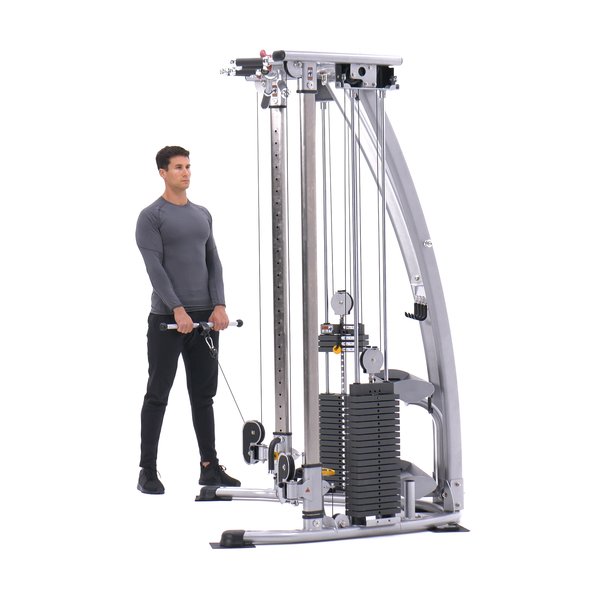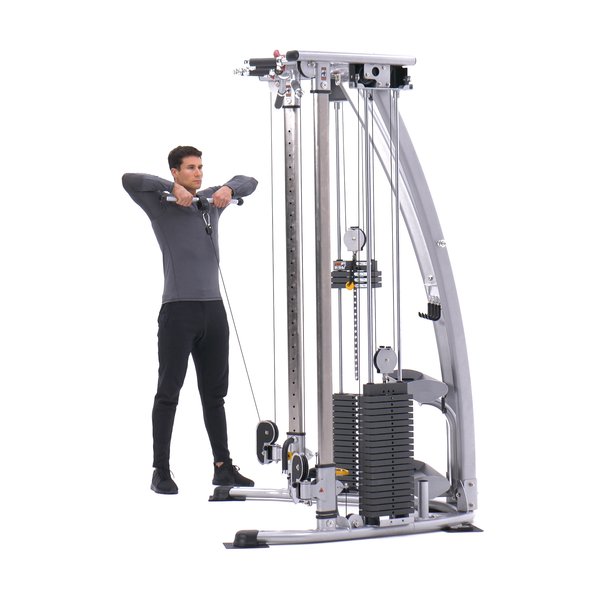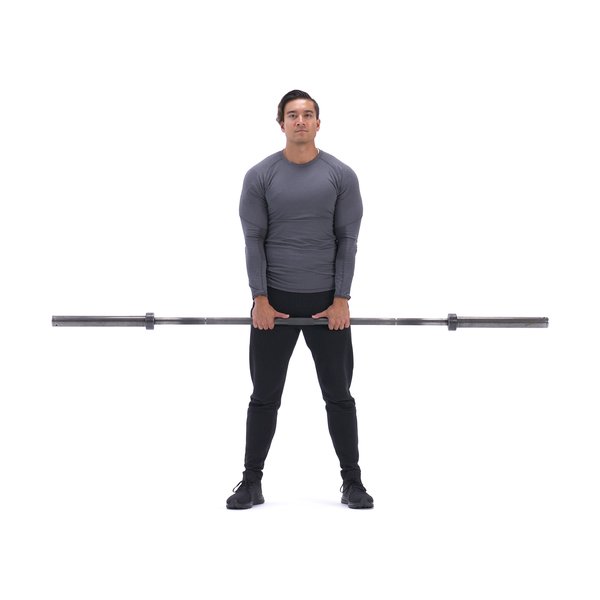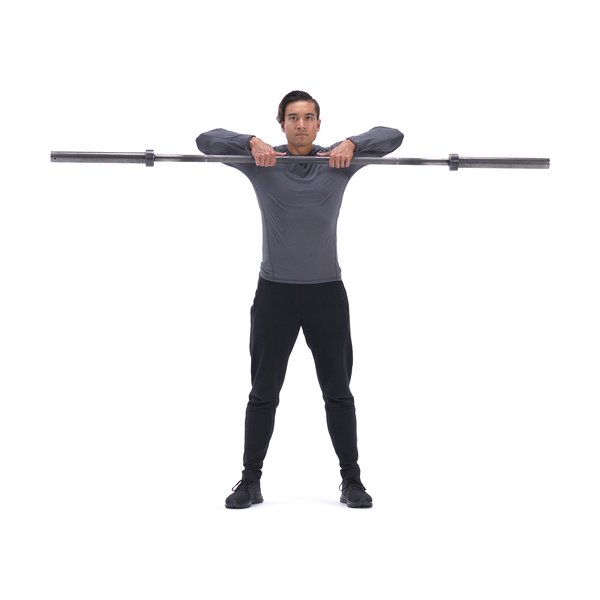Single-arm dumbbell upright row Images


Single-arm dumbbell upright row Instructions
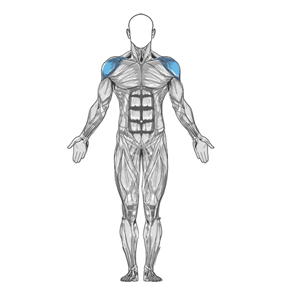
- Grab a dumbbell and stand up straight with your arm extended in front of you with a slight bend at the elbows and your back straight. This will be your starting position. Tip: The dumbbell should be resting on top of your thigh with the palm of your hands facing your thighs.
- Keep the other hand can be kept fully extended to the side, by the waist or grabbing a fixed surface. This will be your starting position.
- Use your side shoulders to lift the dumbbell as you exhale. The dumbbell should be close to the body as you move it up. Continue to lift it until the dumbbell is nearly in line with your chin. Tip: Your elbows should drive the motion. As you lift the dumbbell, your elbow should always be higher than your forearm. Also, keep your torso stationary and pause for a second at the top of the movement.
- Lower the dumbbell back down slowly to the starting position. Inhale as you perform this portion of the movement.
- Repeat for the recommended amount of repetitions and switch arms.
Caution: Be very careful with how much weight you use in this exercise. Too much weight leads to bad form, which in turn can cause shoulder injury. I've seen this too many times so please no jerking, swinging and cheating. Also, if you suffer from shoulder problems, you may want to stay away from upright rows and substitute by some form of lateral raises.
Variations: This exercise can also be performed using a straight bar attached to a low pulley and it can also be performed using an e-z bar, cables and exercise band.


